Rupee Beer | ‘British-Indian IPA’ Combines History & Drinkability
When brothers Van and Sumit Sharma launched Rupee Beer in 2021, their goal was to make the perfect beer to pair with the Indian cuisine they had grown up with, along with other spicy, diverse world foods.
Launching with their premium Basmati Rice Lager, followed up with their Mango Wheat Ale, the Sharmas tapped into two of the most popular flavors in Indian food to create beers that would complement the cuisine, winning multiple awards and gaining significant press coverage, including features in Forbes, Bloomberg and the The Washington Post. However, despite their Indian heritage, the Sharmas have resisted brewing an IPA—until now.
Working again with Alan Pugsley, British brewmaster and founder of Shipyard Brewing in Portland, Maine, who developed Rupee’s previous two recipes, the brothers have created their own IPA with the goal of “putting the India back into India Pale Ale,” and educating drinkers about both the style’s history and the history of the Subcontinent for which it was named.
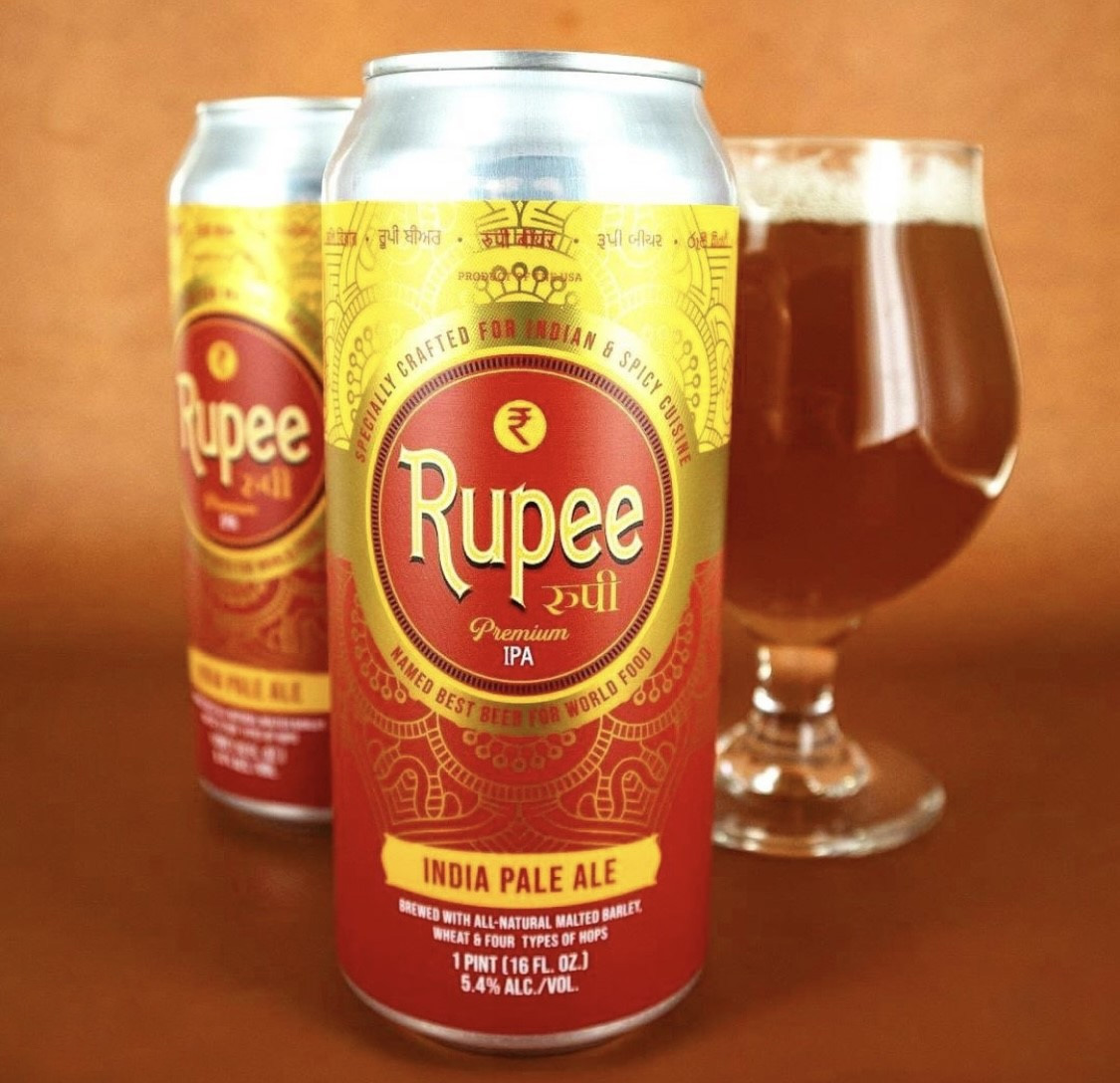
“We wanted to help retell the story of why [the beer style is] called an IPA as the number one response we have gotten the last two years at craft beer festivals is ‘Oh look it’s an Indian Beer, let’s go try their IPA,’ when in reality our flagship was a lager,” says co-owner Van Sharma.
For the Sharmas, coming from the U.K. and being of Indian heritage, making an IPA means something very different than it will to most American brewers. The history of the beer style is associated with the colonization of India and the rest of the Subcontinent by the British in the 19th century—a brutal aggression of which consequences are still felt across the Subcontinent today.
Often, the story is told as one of brewing innovation, which both oversimplifies the way IPA evolved and undermines the greed and violence of colonialism, and there are many drinkers who may be unaware of its history or link to India at all.
“The demand for an IPA was there but we knew if we were going to do an IPA, it had to have a huge historical aspect to it and also help educate American craft beer drinkers of Britain’s legacy in South Asia, but also how the brew got its start in the 19th century,” says Sharma.
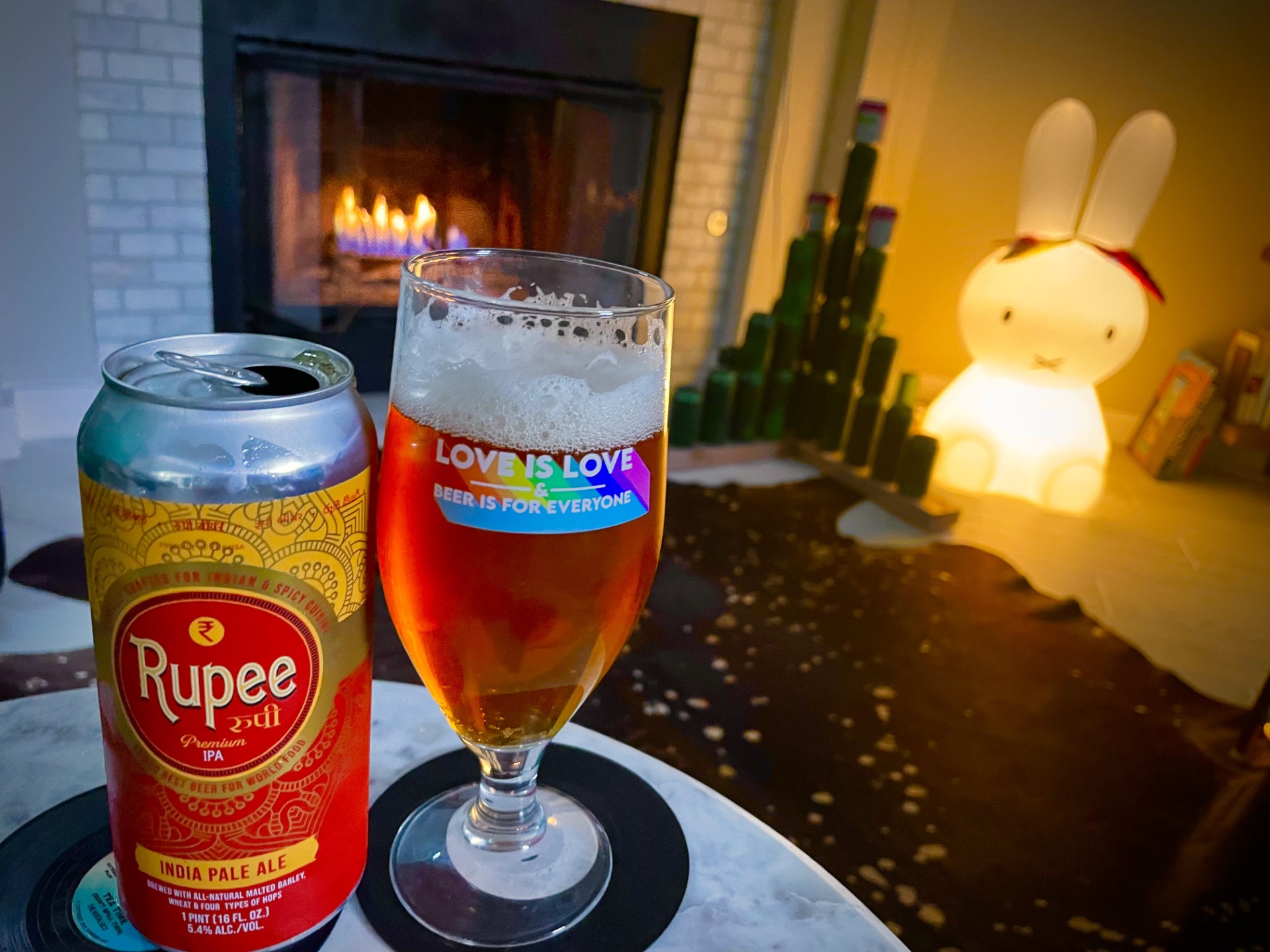
In creating their own IPA, the Sharmas and Pugsley decided to brew what they consider to be a “British-Indian IPA,” stylistically modeled on more traditional English IPAs, acknowledging the style’s history, while maintaining Rupee’s ethos of making high quality easy-drinking beer meant for food pairing.
“Rupee IPA is brewed in the traditions of classic English IPAs, enhancing malt and hop balance—creating a drinkable beer with a dry crisp hop bitterness balanced with subtle maltiness,” says Sharma. He emphasizes that the beer’s copper color and bright clarity mean it is far removed from American West Coast and New England IPA styles. The beer is, indeed, a happy meld of clean, British-style firm bitter hops and Rupee’s trademark drinkability, showing itself in a bright dash of zesty Citra. Its approachable 5.4% ABV is also reminiscent of old-school British IPAs served on cask or in bottles, like Fuller’s Bengal Lancer, and its citrusy tang evocative of more modern takes on the style like Thornbridge’s flagship Jaipur.
“Overly hoppy, bitter beers are not ideal to pair with a spicy meal as they not only compete with the flavors of the food you are trying to enjoy, but bitterness from hops actually irritates the taste buds the same way capsaicin from chilis in spicy food does, so by pairing a spicy meal with an overly hoppy, bitter beer, you are enhancing the burning sensation and irritation on your tongue,” Sharma says. By harnessing a less intense, more rounded and balanced style of IPA, complete with its own four-hop spin, Rupee has succeeded in making an IPA Americans can enjoy with spicy world cuisine.
As well as introducing American drinkers to a more traditional, historic version of the most popular style of craft beer, Rupee outlines on the beer’s intricately designed can both the beer’s history as a part of the British colonization of the Subcontinent and some facts from contemporary Indian history.
Following the brewery’s theme of telling the story of Sultan Sher Shah Suri, founder of the Indian rupee, the nationwide currency for which it is named, the can briefly describes how the British East India Company took power from Sher Shah Suri’s successor, Mughal Emperor Akbar.
“For Rupee’s IPA, we are very much brewing our IPA to educate more mainstream America on how the IPA got its name, but also provide as much cultural identity on the can to highlight the rich culture we come from,” explains Sharma.
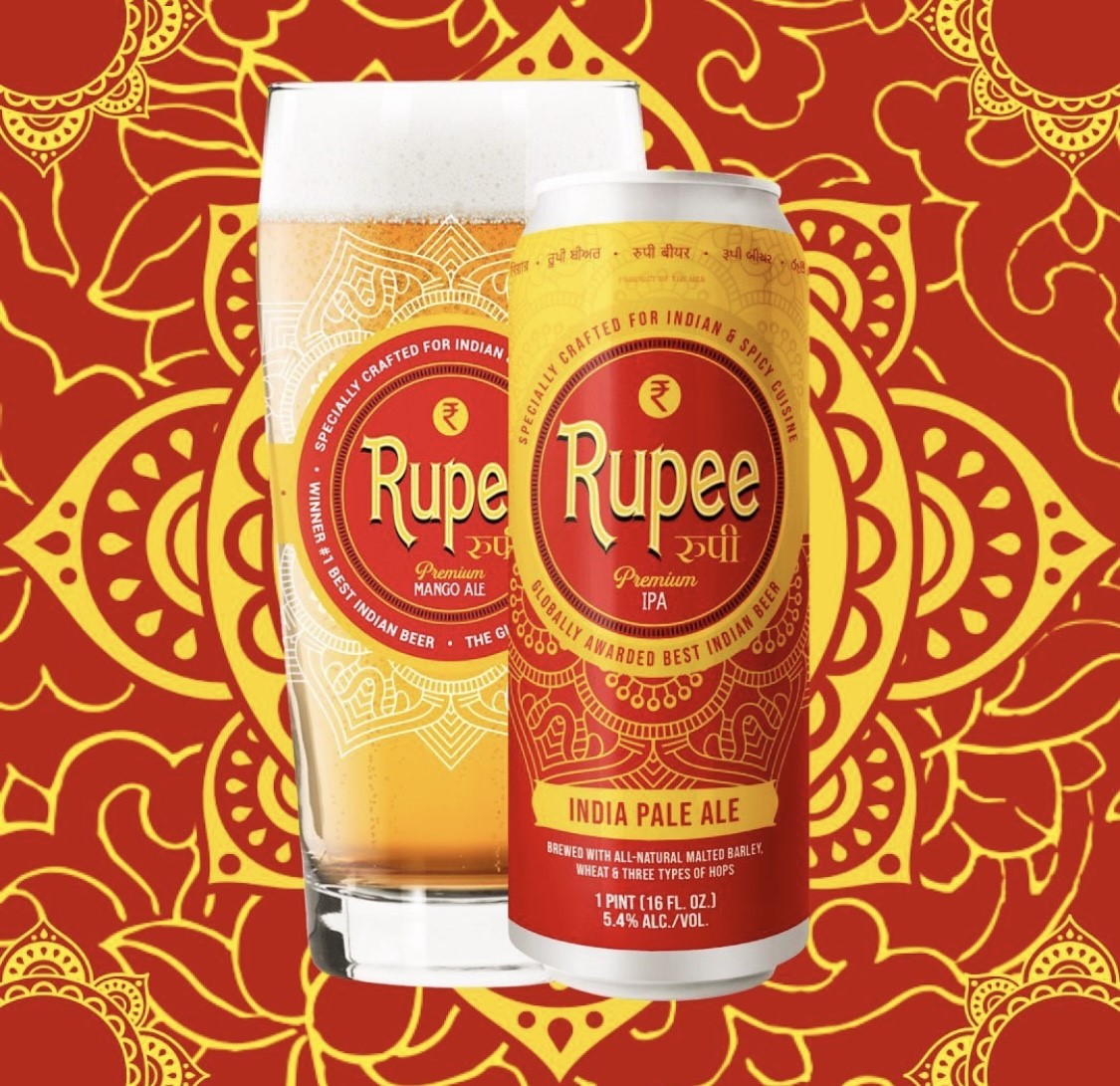
Rupee IPA will inspire curiosity and provoke further conversation about both the origins of the beer style and its historical context. Last year, a collaboration beer was brewed in London as the first “decolonised IPA” by beer writer David Jesudason, Villages Brewing and Good Beer Hunting, based on Jesudason’s excellent in-depth piece on the subject, with the shared goal of educating drinkers about what exactly the “I” in IPA means in terms of culture and history. Rupee is now alerting American drinkers to the fact that the name IPA relates to more than just a style, and that many of the IPAs that are most popular now are far removed from the beer’s origins.
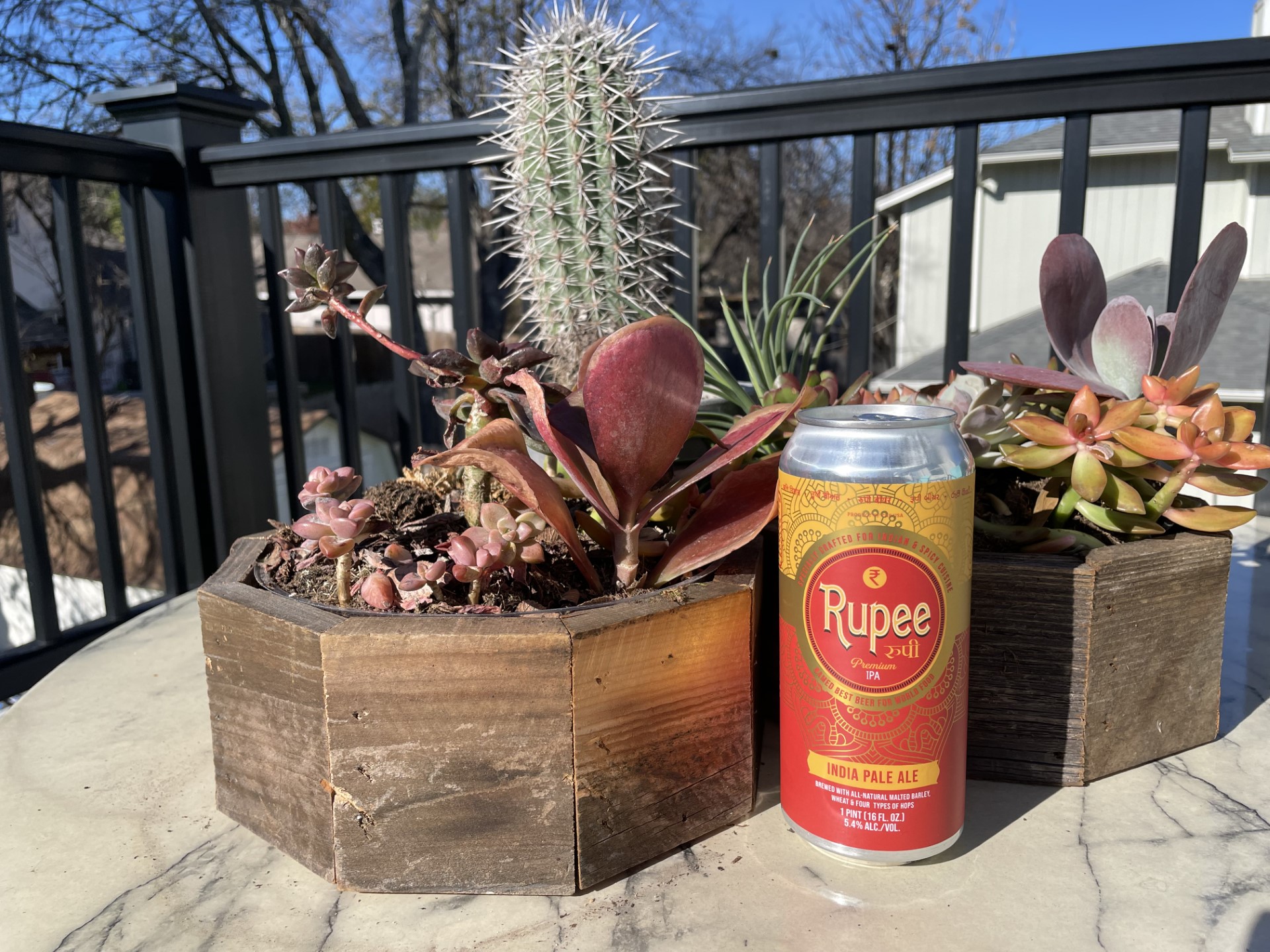
Beer provided by Rupee Beer, opinions are the writer’s own.


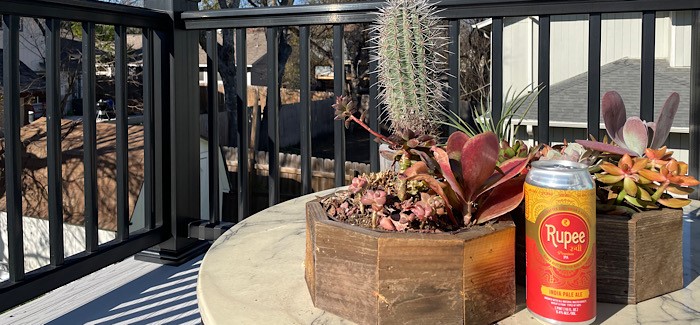



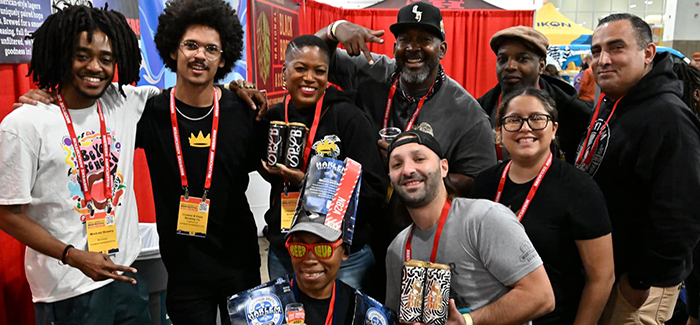
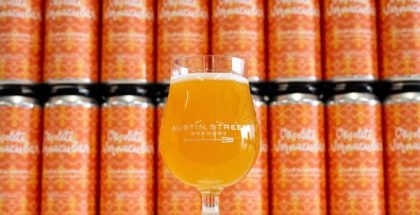
Submit a Comment